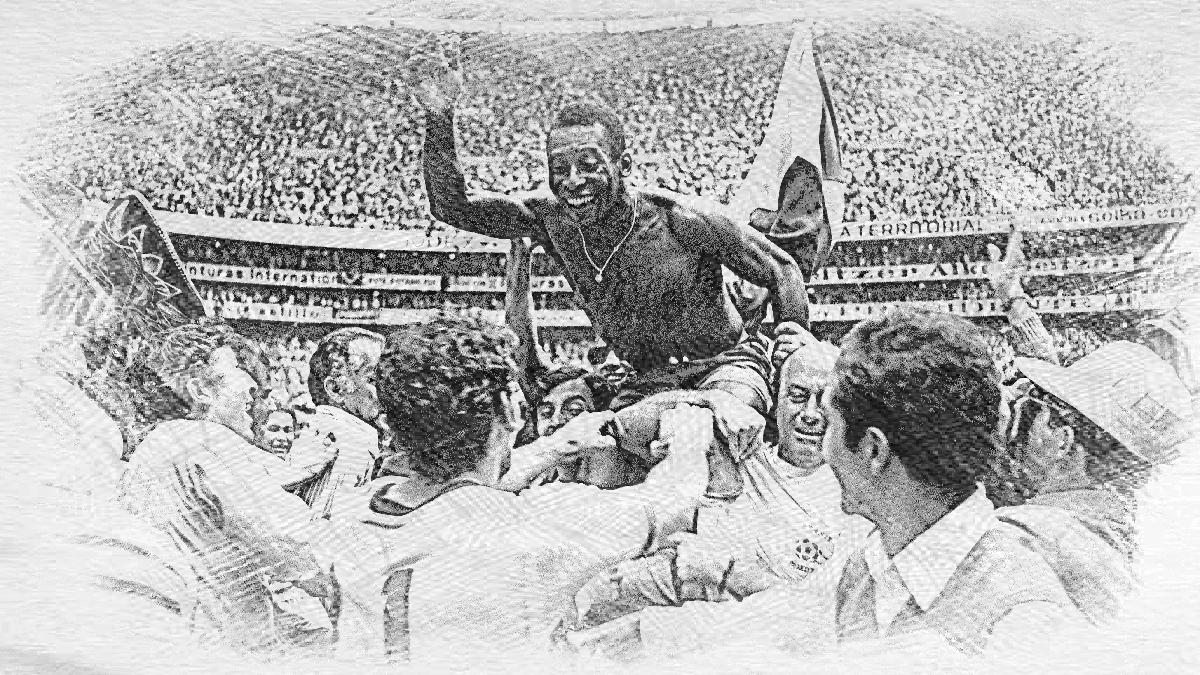
Jogo Bonito: Perfecting My Best 4-2-3-1 Formation Yet
So I’m doing a little update on my Brazilian-style 4-2-3-1. It is mainly my attempt to adapt the original 1970 Brazil Tactic, “the most beautiful football in history” to mid-tier and lower league teams in Football Manager 2023. Or in case of the example in this article, good teams from less prestigious leagues (Portugal). For the Brazilian brand of attractive, free-flowing attacking football to work, you will still need to have suitably technical players. So an English Championship or League One level team could very well work but probably not if you are in Vanarama North.
Why Return to Brazil?
Anyway, there is also another reason why I wanted to share my updated Brazilian 4-2-3-1 tactic. It is simply because it turned into a very fun attacking tactic to use and is relatively easy to set up in FM23. The 4-2-3-1 has always felt like a strong shape in FM games. But at this point it feels almost like cheating to me. So if you are after more challenging experiences then this tactic is probably not for you.
Since my documented first attempt with Sporting, many things happened. I changed teams (albeit within the same league) and briefly experimented with a narrow 4-2-2-2 Magic Box shape variation. Spoiler: It was very attacking and potent against domestic opponents but was way too leaky defensively (for my taste) in the Champions League where many elite clubs employ very fast and technical wide attackers. Now in my 2nd season of my current Braga save, I return to a freely attacking 4-2-3-1. And it’s a much more balanced experience.
The first thing to note about my updated tactic is that it still follows the historical model of the 1970 Brazil team. Especially in relation to the player roles and patterns of movement on the pitch. For the most part. For the sake of tactical balance I did have to take some liberties. But more on that soon.
The important thing about the Brazilian school of football is that at its core it’s has always been about attempting to bring more structure to a beautiful, free-flowing style. From the very beginning Brazilians played football differently to how it was played in Europe. It is because they viewed it as a natural extension of the nation’s free-spirited collective soul. Much like the Brazil’s other important cultural export – Samba music and dance. Brazilian people love creating beautiful music. A naturalistic, addictive beat that one is inherently drawn to dance to. No matter your age or skill level. The land of samba drums also breeds football fans like no other. You can easily see the influence of Brazilian unique musical style in its colourful football culture. And it needs to be experienced first hand.
So simply writing about Brazilian “Samba Football” cannot give it justice. One might attempt to encompass the graceful freedom of Jogo Bonito (“Beautiful Game”) on a written page. But it is hard to convey through words the very basic theme that defines Jogo Bonito. At the end of the day, the Brazilian style is not about all-out attack. Or selfish ball possession. Or structured counter-attacks. Yes, of course, like any successful football style, it will contain all those elements. Yet, what Brazil’s Jogo Bonito is all about is achieving perfect balance in both attack and defence by utilizing ALL of these elements to some degree. It’s the ultimate football style that sets a basic framework from which one can develop a more balanced tactic to use in Football Manager.
And the 4-2-3-1 (or the false 4-2-4 as was the case in 1970 Brazil formation) is still a good starting point from which this very fluid attacking style can be achieved.
Simple 4-2-3-1 – Building Block for Fluid Attacking Football
In retrospect, the 1970 Brazil team played their formation like a pretty standard (from the modern perspective) 4-2-3-1. Up front you had the four forwards who each had unique roles and patterns of movements. Pelé stayed deeper than Tostão. He was the classic playmaker and closest to a classic number 10. Tostão, wearing the famous number 9, resembled more of a false 9 than an all-out central striker. I still believe that a well-rounded Complete Forward is the best representation of Tostaoès role. And I look for a similarly well-rounded player to fill this demanding role. My current 1st choice for both CF and right IF spots:
And here is one who is in training to take over the 1st spot eventually:
Reminiscent of Tostão, I want my striker to destabilize the opposition defence with his complex, intelligent movement. Such as by roaming across the front line, surging forward to pin the defenders back or at times dropping deep to contribute to the build-up play. In the case of 1970 Brazil, when the centre-backs followed Tostão’s runs, space was created for Pelé or Jairzinho (cutting inside from the right).
In my opinion, that is one of the best ways to set up any 4-2-3-1. Make sure that you have one central playmaker (classic #10), AKA Pele role. Ideally, this should be the star of your team. He sits in the hole left by the other three forwards and pings passes to your front three. I have him “roam from position” in order to encourage more freedom of movement, to either surge forward when opportunity presents itself or to drop back or drift sideways to help create overloads in midfield and on the flanks. AP(S) role is perfect for this. Since I use a support duty here, then the central striker should play with attack duty. This is to make sure that two players compliment each other and don’t operate in the same areas of the pitch.
The roles of the other three attackers follow naturally from AMC role. You really want them to move in a way that creates more space for your AP creator. I often preach the importance of role and duty variety/balance when it comes to developing balanced, logical tactics in the game. So my selection of the roles here definitely reflects this. The IF will aggressively cut inside to act as an additional threat on goal (besides the striker). The left IW sits deeper and could easily be replaced with a winger on support, provided you have the right player. In my case I went with the IW (with the essential “stay wider” instruction).
Additionally, to fill this role, I try to find players with the same dominant foot as their flank. As you would for a traditional winger. Just another way to make sure that he stays wider and leaves more space for your AMC to operate in.
Regarding my fullbacks, I like to extend the idea of complimenting and balancing the whole formation to the backline as well. Thus I prefer to play a more defensive fullback behind my more attack-oriented wide forward (right-wing IF). While on the left flank, I have a more attacking fullback to support the IW(S). As a side note, I prefer to use the more generic fullback roles in order to tailor-fit their roles to my players. For instance, if I have a fullback with great passing and only decent crossing and dribbling then I don’t necessarily want him to play as Fullback (A) or Wingback. Rather a Fullback (S) with added instructions to get forward and take more direct, risky passes might be a better option. It’s amazing how much you can alter a simple generic role with just personal instructions. And then there are also individual traits too!
So even though I start with two identical FB(S) roles, they don’t really play the same. And once you add an overlap instruction, even a Fullback on support duty can turn into a real offensive threat. That’s is why I love the generic fullback role so much.
Ideally for my double pivot I want one more creative player and one more defensively-minded one. For now the DLP/Carrilero combo seems to be working wonders. It provides my midfield with everything I need. But most importantly… balance. My deep playmaker, the creative brain of the midfield, is a perfect role to control the play from a deep position. His “support” duty gives him that extra “oomph” to exert his influence on the game (due to increased individual mentality). Unlike a DLP on Defend for example, who will tend to sit back and play a lot of long passes to the attackers. This might be perfect for a more counter-attacking approach but does not suite the fluid attacking style that I am after. Although, if I had a very good player then I would probably go with the Roaming Playmaker role.
In all of my tactics I always prefer my playmakers to operate with the highest mentality possible. That’s because you really want your playmakers to play more risky than the other players around them. Otherwise you might run into trouble when it comes to unlocking the opposition defences. Especially when that said opposition decides to camp deep in their own half when you are the superior team.
As a perfect deep lying playmaker, Gérson was without doubt the primary creative influence in Zagallo’s 1970 team. He was the main source of short link-up passes, whether to Clodoaldo (his midfield partner) or to the advancing full-backs. He also used his long passing range to his advantage to support the players further forward. As one of the Five 10s, for which that team was famous for, Gerson also attempted some well-timed late runs into attacking areas. It is a good trait to have on your deep playmaker (but only if he possess above average Off The Ball attribute). Gerson was there not only to create chances for teammates but also occasionally to take a shot on goal himself. In the game, I think DLP role is a good “conservative” representation of Gerson. Especially at a lower league team. Otherwise, as I mentioned earlier, RPM would be my choice.
That would be my choice for a really good playmaker who possesses a well-rounded set of mental attributes. And is comfortable in both attack and defence. Then without a doubt I would use Roaming Playmaker (RPM). Like a more creative Box-to-Box midfielder, RPM works very hard and does far more defensively than a Regista would for instance. And to have your RPM start from a deeper midfield position is an ideal solution to take full advantage of his excellent work-rate and defensive abilities.
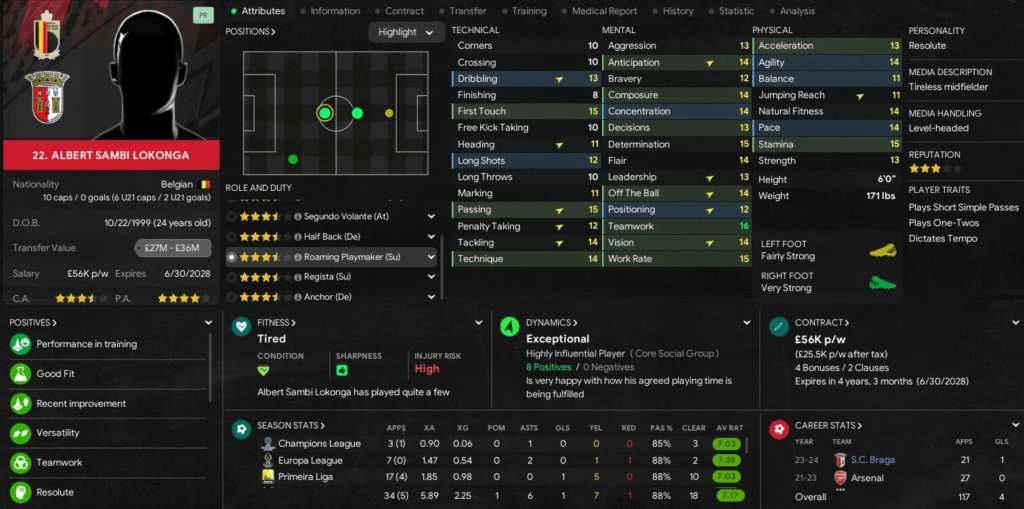
Due to the nature of the two-men double pivot I have no choice but to play my other midfielder, the Clodoaldo role, in a more defensively-minded role. But again it does not mean that he necessarily has to be a destroyer or has to stay back at all times. While RPM can be a very hard-working role in midfield, it is by no means a “holding” midfielder role. Your RPM will often venture forward during attack, and so needs someone to act as a stable defensive metronome in deeper midfield to recycle possession and to break up opposition attacks.
You can see in this artistic representation of 1970 Brazil during the in-possession phase, Gerson really tended to venture above the midline in order to better link up with the four attackers. And if you manage a good team then I would encourage this type of movement (especially if you play him in a deeper DM position). The idea being that with greater risks there come more rewards. With a less capable team, I would definitely prefer to keep a more balanced midfield. Some of you might condemn this as my shift away from the the “true” recreation of 1970 Brazil. So in my humble opinion, a simple DLP might be a far better choice for a weaker team. Or in my “Arsenalistas” Braga case, a role that I would switch to when faced with tougher opposition in the Champions League.
But coming back to the Clodoaldo role, this gave me most headaches in testing, as I was not truly happy with it, no matter what role I chose. In my recent tactic, I settled on the Carrilero role and the interaction with the DLP(S) seems to work very well. Both roles are adventurous enough to give good support to the attackers but on the overall positive team mentality they don’t go roaming around and leave their defensive positions too much.
In true Brazilian fashion, Clodoaldo was not a true “destroyer” in the stereotypical sense of that term. He was simply less creative than his midfield partner Gerson. But he was not completely focused on shutting down the opposition and regaining the ball either. Clodoaldo had some supporting responsibilities as well, especially on the more attacking right-hand side of the tactic. Over there you needed another midfield link-up player if Gerson’s long pass missed the wingback or inside forward. The more defensively-responsible midfielder Clodoaldo would still be there to pick up the ball and pass it to the runners. So his combined duty was to provide defensive and supporting coverage on the right side of the midfield.
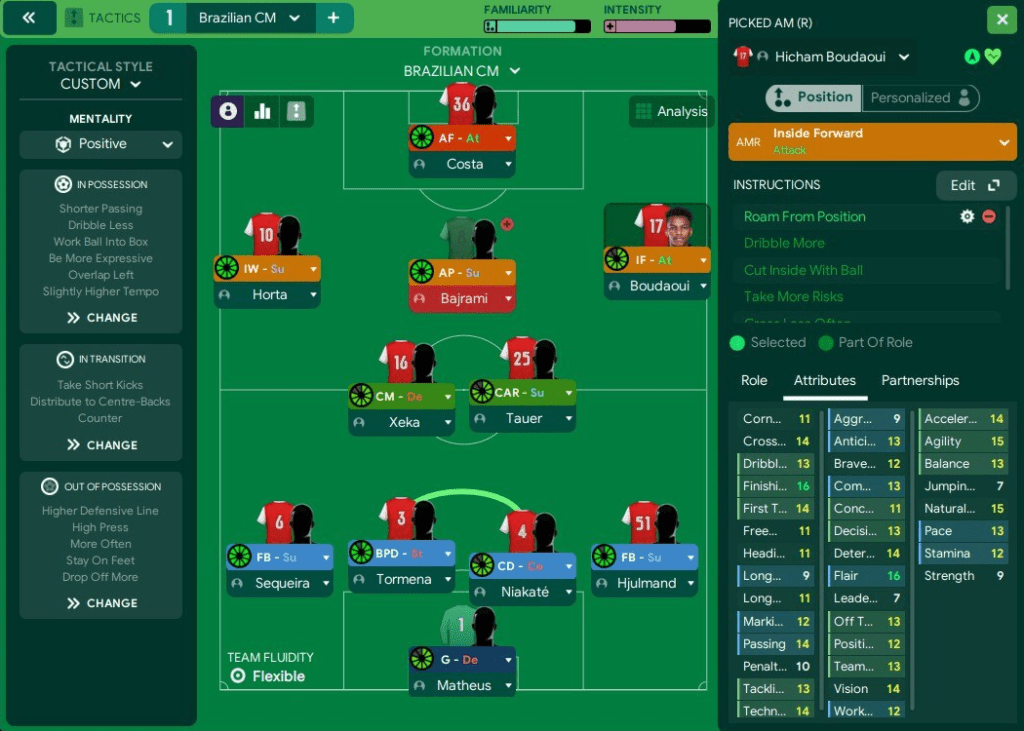
In the image above, I have changed the right winger, the creative attacking Jairzinho role, from Trequartista to a less exotic Inside Forward (with one added individual instruction).
However, the idea behind the “Jairzinho” role still remains the same. It is made for your most creatively “explosive” attacker. Someone who is given a freer role to dribble, cut inside and shoot on goal or to pass to a teammate if no shooting options available. So essentially an intelligent, technical attacker who is given more leeway to affect the game in opposition half however he sees fit. Its not quite the Raumdeuter role as I prefer him to employ his superior technical skills to control the ball and to be active both off the ball and on the ball.
So there you have it, my ideal 4-2-3-1. A little different from the original Brazilian inspiration since I was trying to adapt to my team to give it a bit more defensive/attacking balance. In that respect, I really wanted to have a more attacking winger complimented by a more adventurous midfielder (Carrilero that shuttles between boxes but does not venture into them like B2B midfielder) and more conservative fullback. While at the same time my less attacking left winger is backed up by a more defensively-responsible player (DLP with hard-coded “hold position” instruction) and a more adventurous fullback. Every role really manages to fit nicely to complete this jigsaw puzzle of a formation.
Other Articles You May Enjoy
If you enjoyed this, then make sure to follow us on Twitter and Facebook to keep up with all Dictate The Game content. For your convenience, I am linking my first FM23 Jogo Bonito article below (if you wanted to follow this guided series from the very beginning) and well as a few other helpful tactical guides. Thank you for reading!
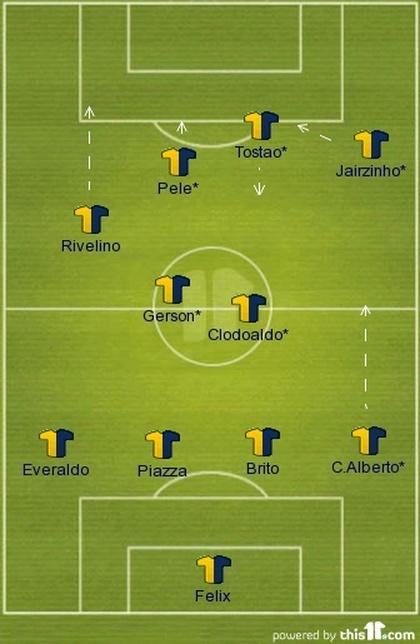
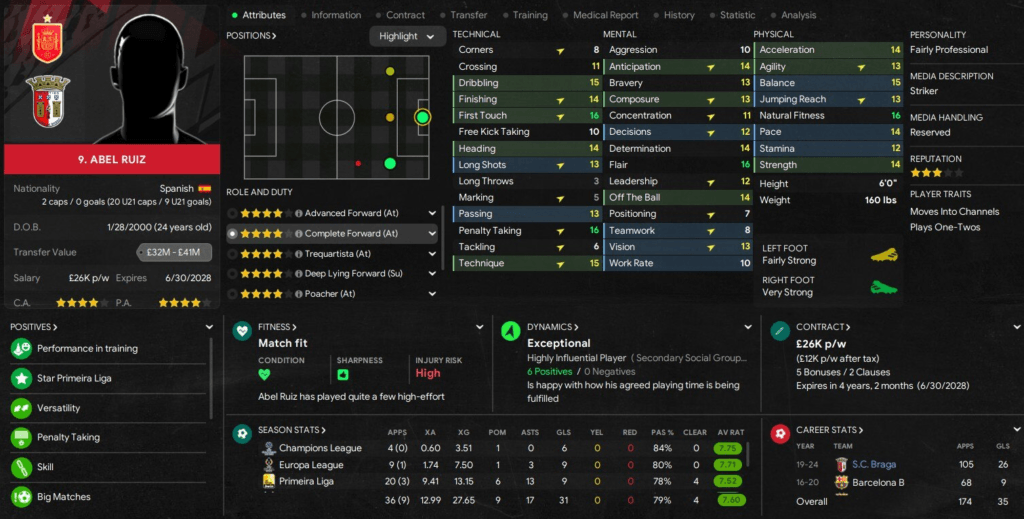
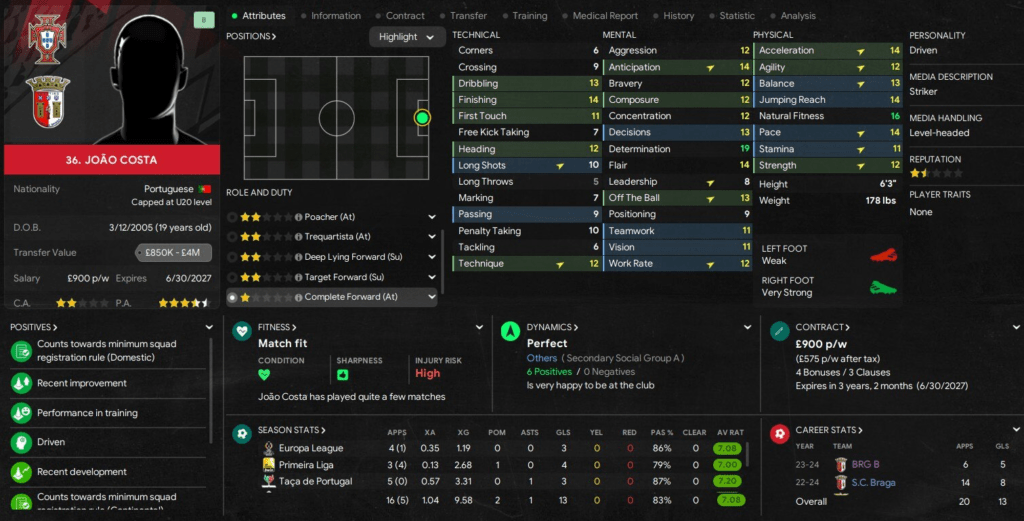
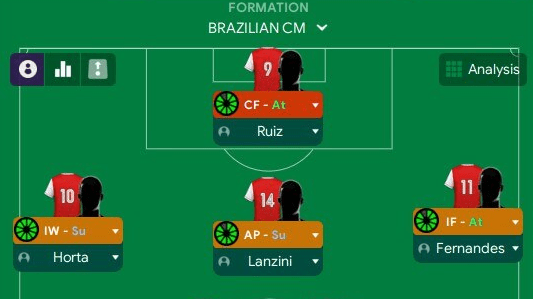

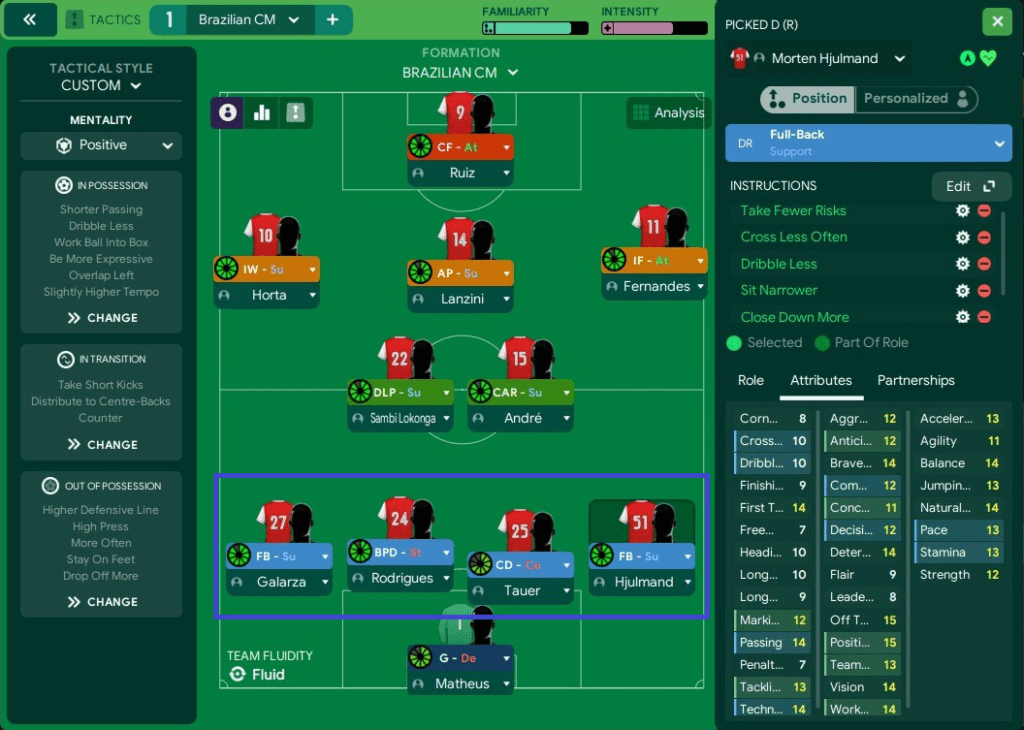
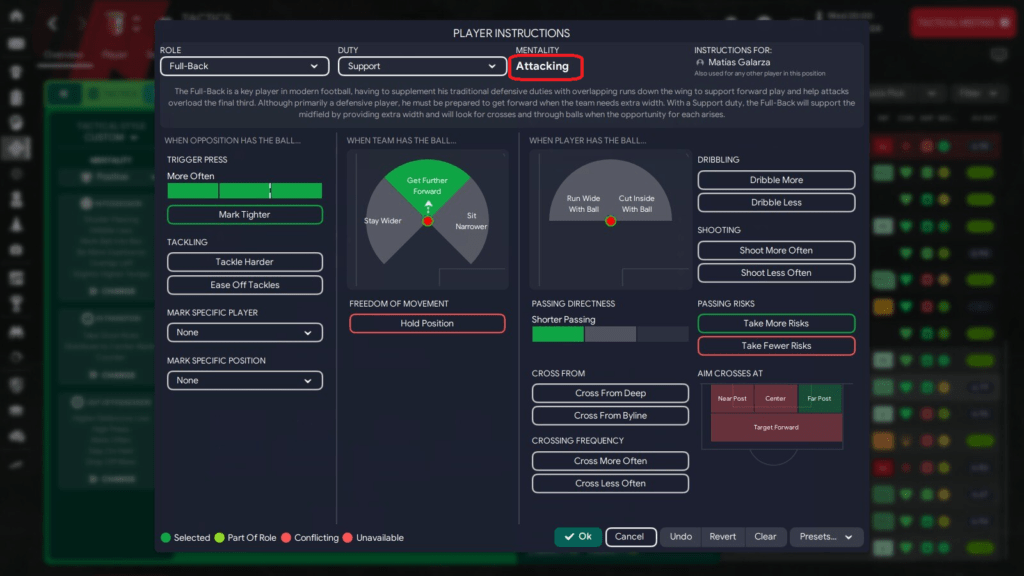
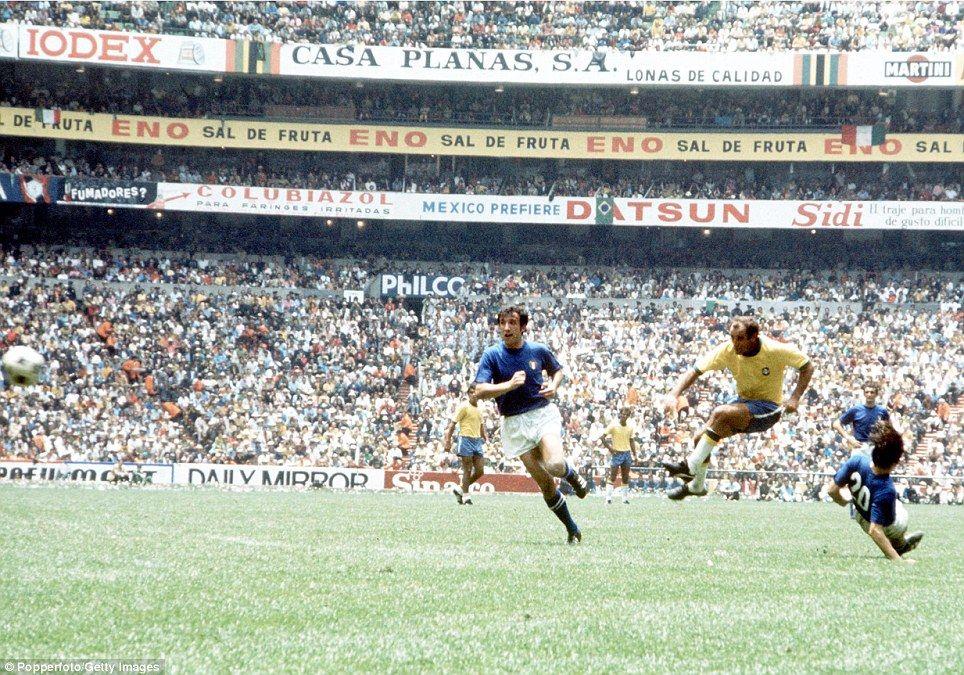

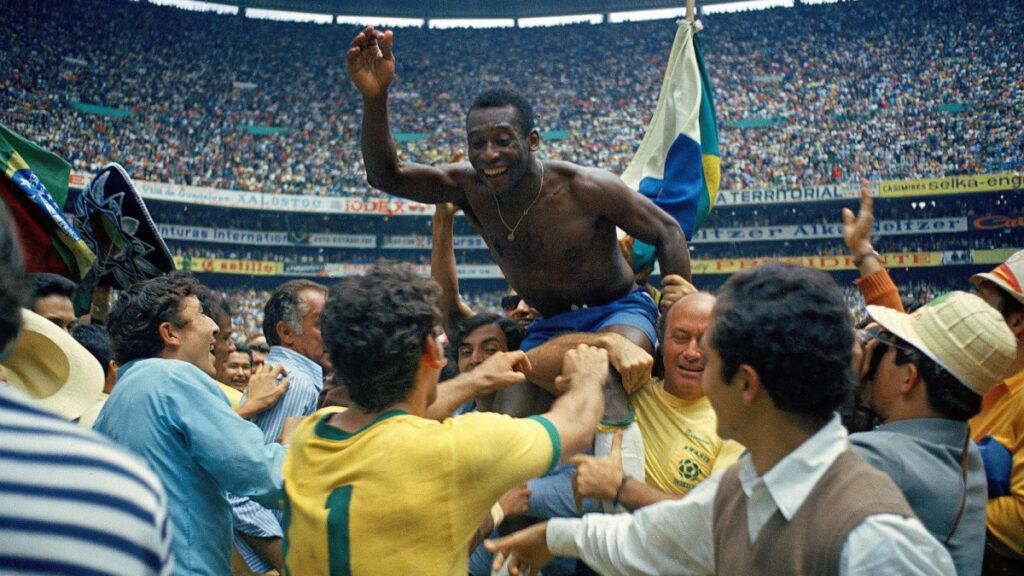
One thought on “Jogo Bonito: Perfecting My Best 4-2-3-1 Formation Yet”
excellent, I just applied it in my 4-2-3-1..and they fell first with 3-0, it was 2-0 already after 10 minutes..